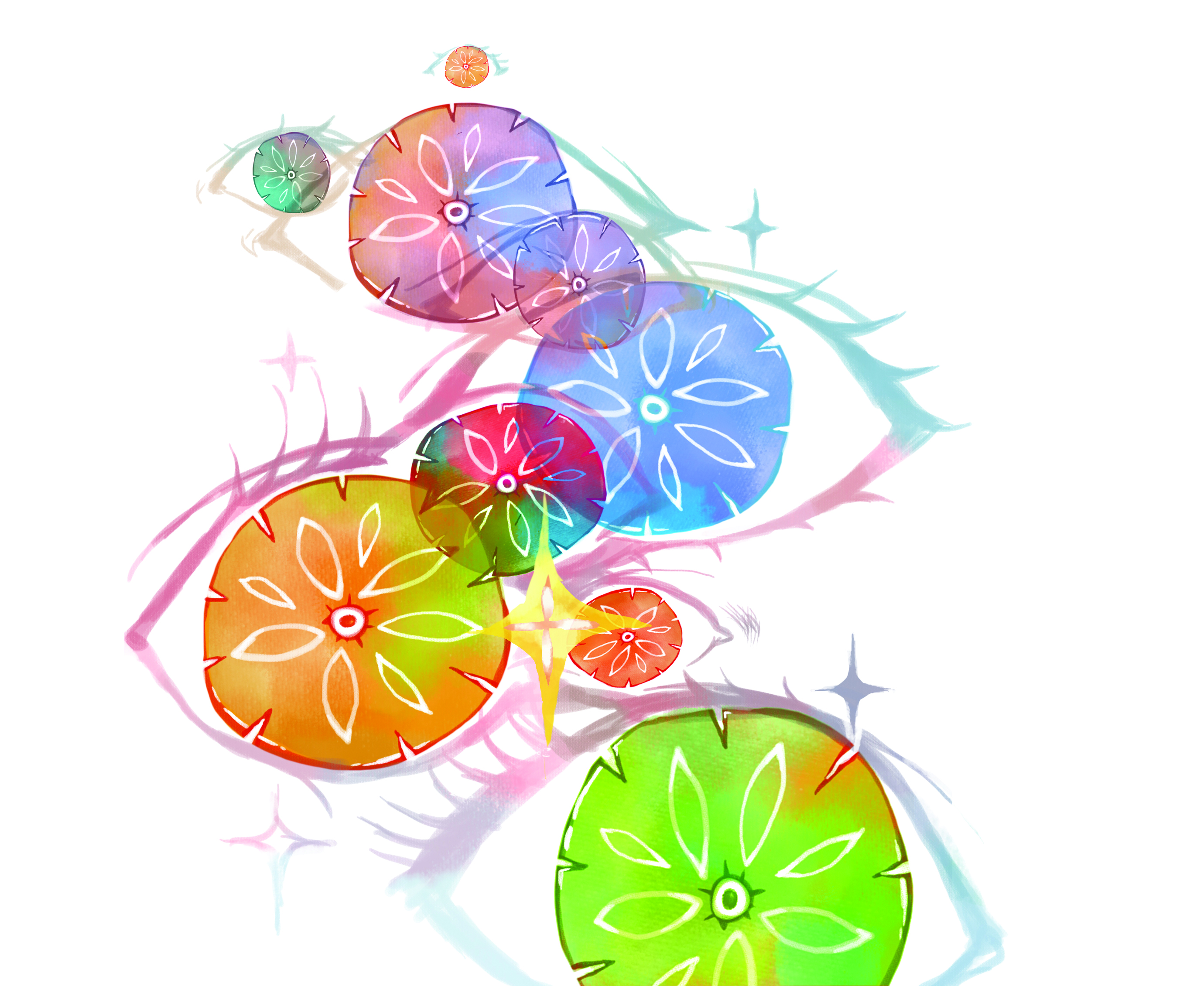Nancy Ramos takes a day off work to have a movie marathon at home, lounging in her pajamas and eating her favorite rocky road ice cream. But she is unable to keep her mind clear and actually enjoy these moments.
Ramos is HIV and AIDS positive, and the stigma associated with the disease often negativly affects her.
“I’m not embarrassed or ashamed to say that I have AIDS, but there’s always that degree of uncomfortableness,” Ramos said. “(Having) HIV is equated to be(ing) an outcast.”
Ramos is one of 72 global participants thus far in “Through Positive Eyes,” the UCLA Art & Global Health Center’s participatory photography project that aims to fight the stigma associated with HIV. Photographer Gideon Mendel collaborated with the center on the project to teach those who are HIV positive the basics of photography so they can document their daily lives and share their stories.
A small selection of these participants’ personal photos and written accounts are on display in Kaufman Hall’s Rainbow Lounge this quarter. These photos serve as a sample of a planned future exhibition upon the ongoing project’s completion.
“The biggest strength of this project is that it’s not about fear and it’s not about pointing the finger and saying “˜Don’t do this (because) this could happen to you.’ It’s about showing people living and thriving with HIV,” said Bobby Gordon, director of special programs at the UCLA Art & Global Health Center and UCLA alumnus.
Gordon, a former Daily Bruin senior staff writer, said the project, which has already been completed in Mexico City, Rio de Janeiro, Johannesburg, Los Angeles and Washington, D.C., is a photographic conversation. Mendel took portraits of the participants, each of whom took photos of their everyday lives in return. Each participant and a board of “Through Positive Eyes” members chose 12 of these personal images to be featured on the project’s website. These images best captured the participants’ stories and are shown along with the portrait, a personal written account and a video for each HIV-positive person.
Gugu from Johannesburg, for example, bravely wrote the story of how she contracted AIDS for her personal essay. She was brutally raped, shot and put into a three-month coma at the age of 14. When she woke, she found that she had AIDS and was pregnant. Yet in her photographs, she smiles, hugs her now-teenage daughter and proudly writes, “I am not ashamed to be HIV positive.”
Then there’s Alejandro from Mexico City who, despite his HIV status, has six-pack abs and the muscles of a wrestler, or Cazu Barros from Rio de Janeiro, who took photos of himself playing beach volleyball.
Ramos took photos of herself in her L.A. home. In some images, she cradles her infant granddaughter or gazes into the camera, a slight smile on her face, while in others, she buries her face in her hands, laying alone on her bed. Her written account details her thoughts and struggles when she first discovered her HIV diagnosis, losing her partner to the disease and carrying on with her family.
Ramos said the project’s focus on having subjects write their stories and take their own photos, as opposed to having others document their lives, was crucial in helping her accept that she has lived with HIV for 20 years.
“(The project) was a healthy thing for me to do because it had me look at myself. It was more about me than for other people,” Ramos said. “It helped me to see me for who I am versus who I kind of think I’m perceived to be.”
After Ramos learned she contracted HIV from having unprotected sex, she went through a period of self-loathing, blaming herself and believing she deserved to be infected. With the support of her mother and therapy, Ramos regained her strength and confidence.
Ramos currently works for Positively Speaking, a division of the Los Angeles Unified School District’s HIV/AIDS Prevention Unit that sends HIV-positive speakers to classrooms. Because she said she does not believe in waiting for a cure for HIV, she focuses on educating others to prevent the disease and erase the associated stigma.
“There’s a thread we have that’s common between us.” Ramos said. “If we could just open other people’s eyes to see that we’re technically no different than everybody else; we’re just people with a different load to carry.”
David Gere, the director of the UCLA Art & Global Health Center, said each participant, including Ramos, brings a different perspective to “Through Positive Eyes.”
“All of the pictures show people who are having real life experiences, feeling a full range of human emotion and looking vital, alive and creative,” Gere said. “This is a far cry from images of people living with HIV from 15 or 20 years ago, where people expected to see death.”
Gere, who was able to meet every participant on each leg of the project, said he can’t choose just one of their stories that resonates with him the most.
“It’s sort of like the room full of voices is the thing,” Gere said. “It’s not about one of them; it’s about all of them. And it’s about all of them speaking together at the same time.”
Email McQueen at jmcqueen@media.ucla.edu.
